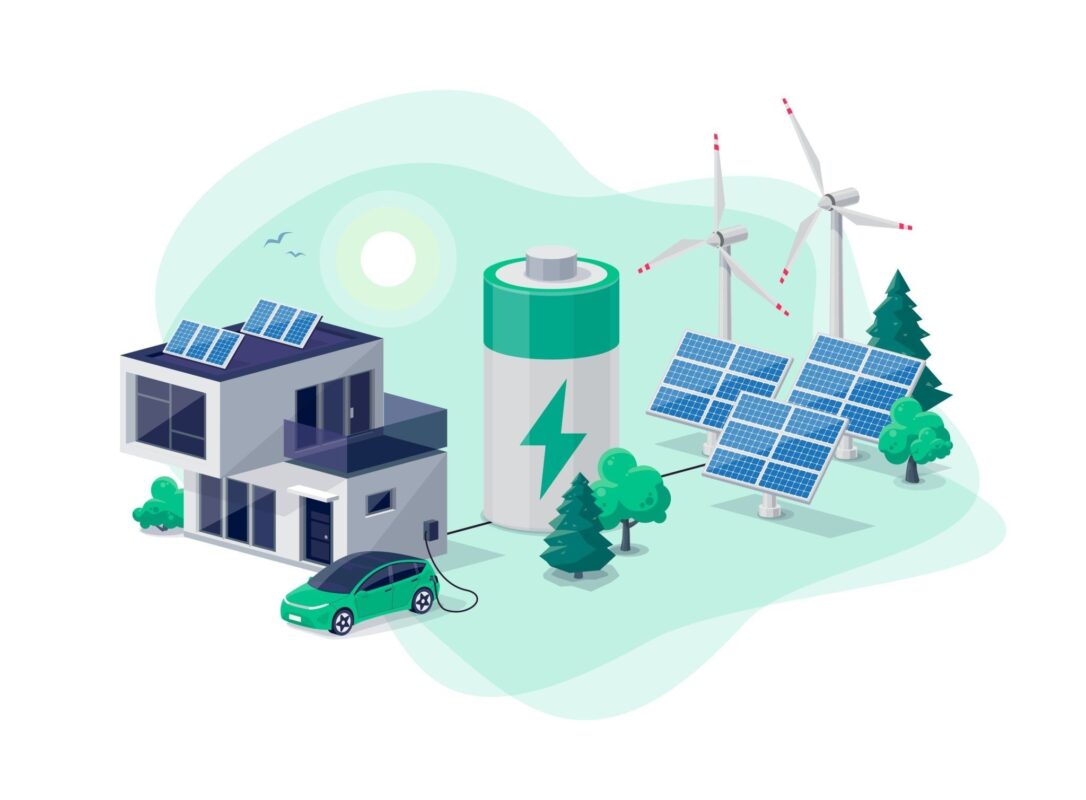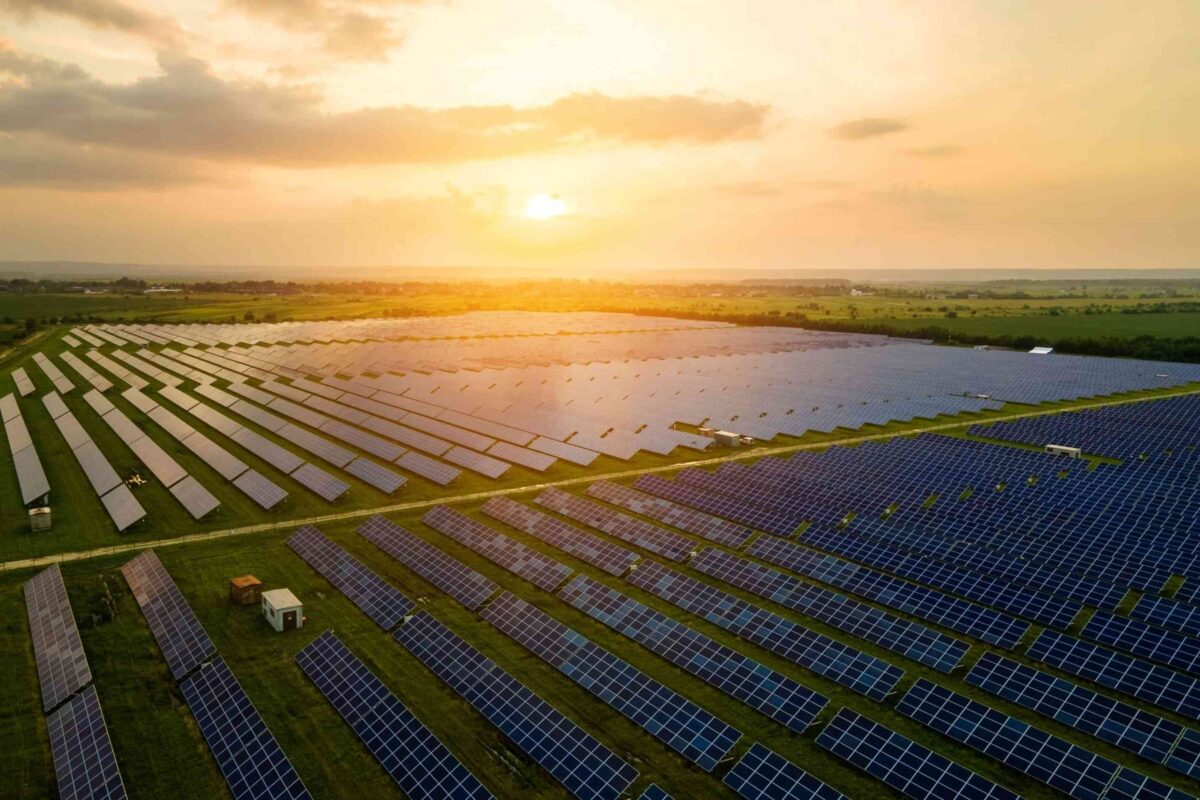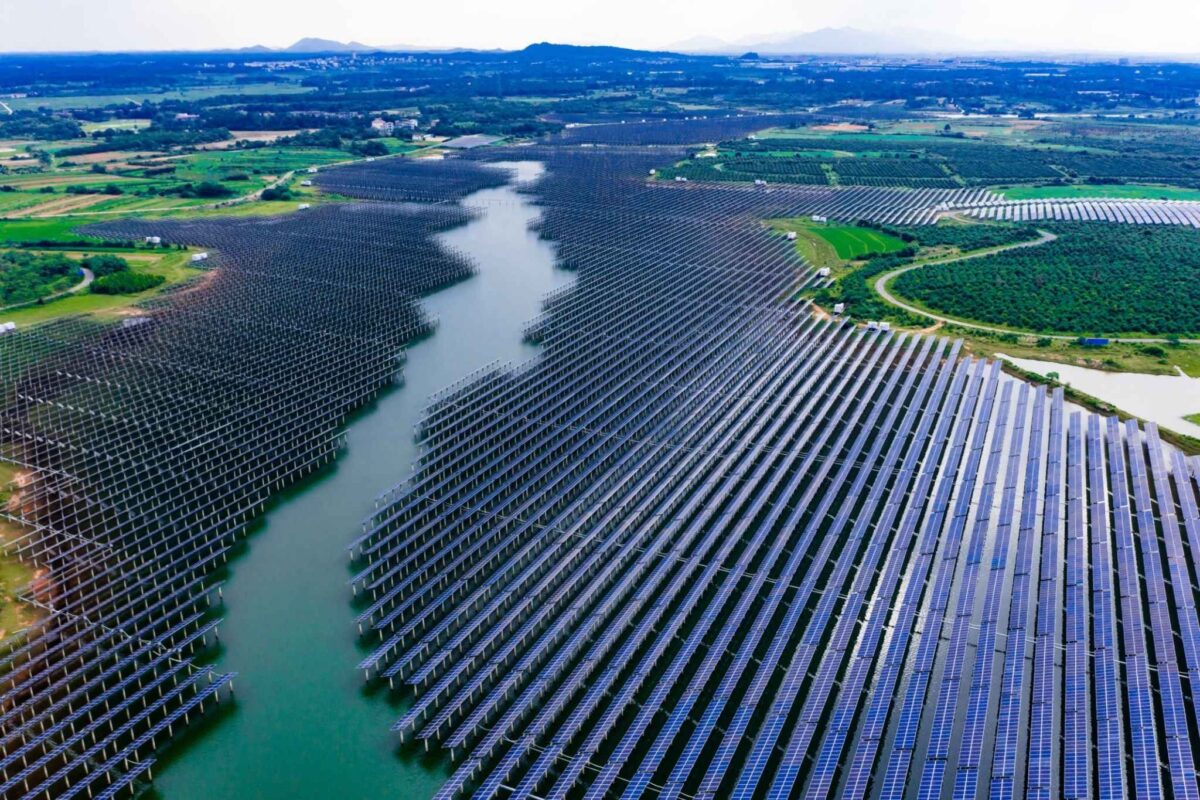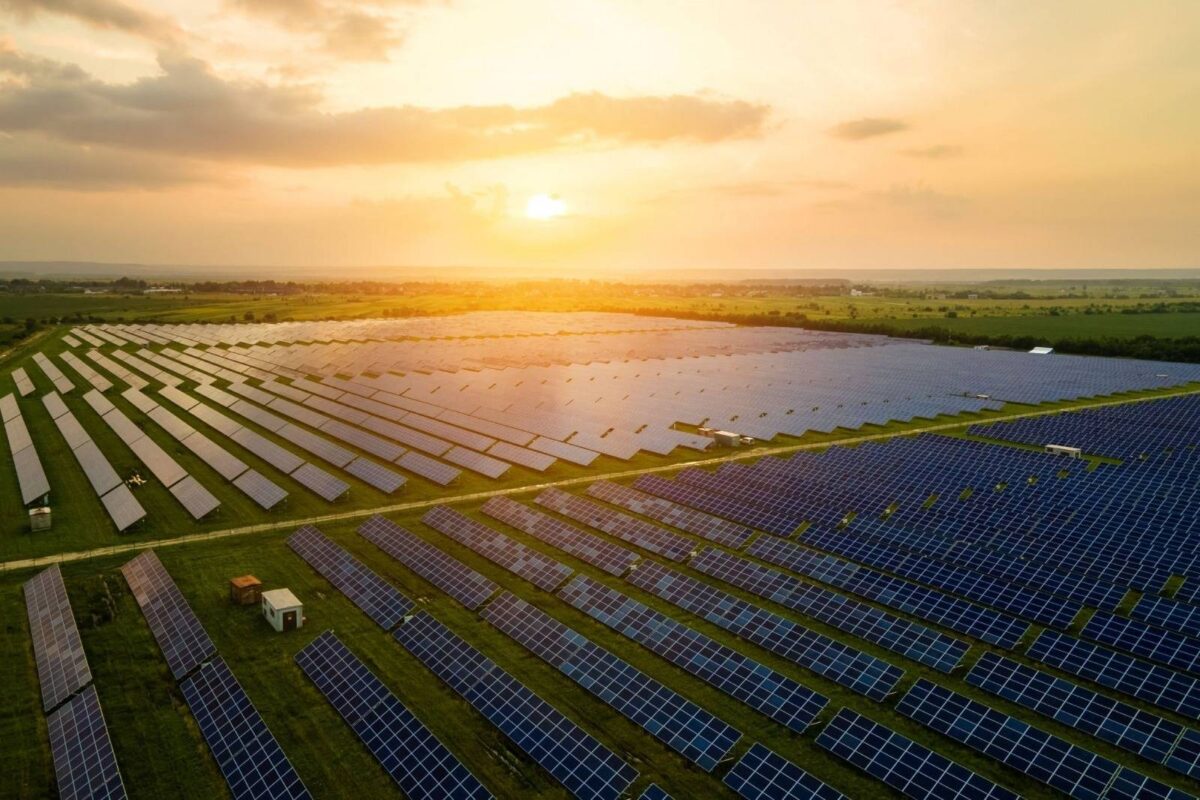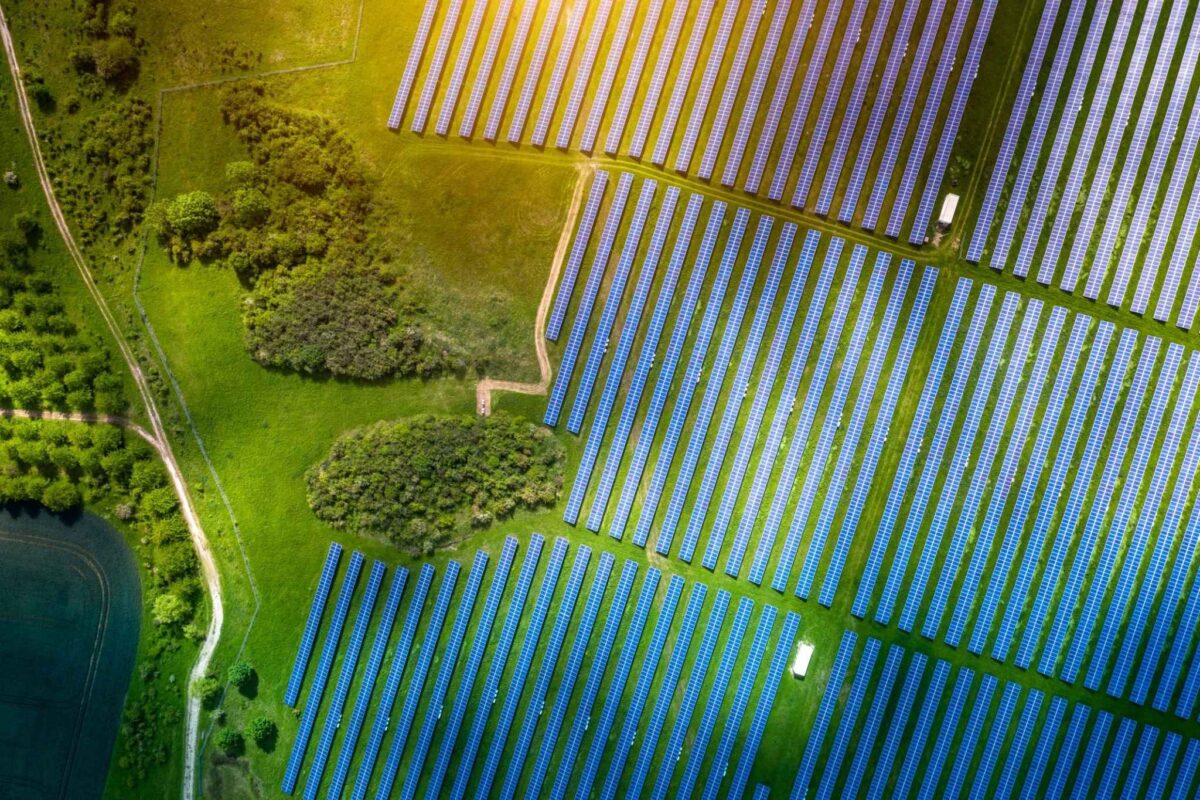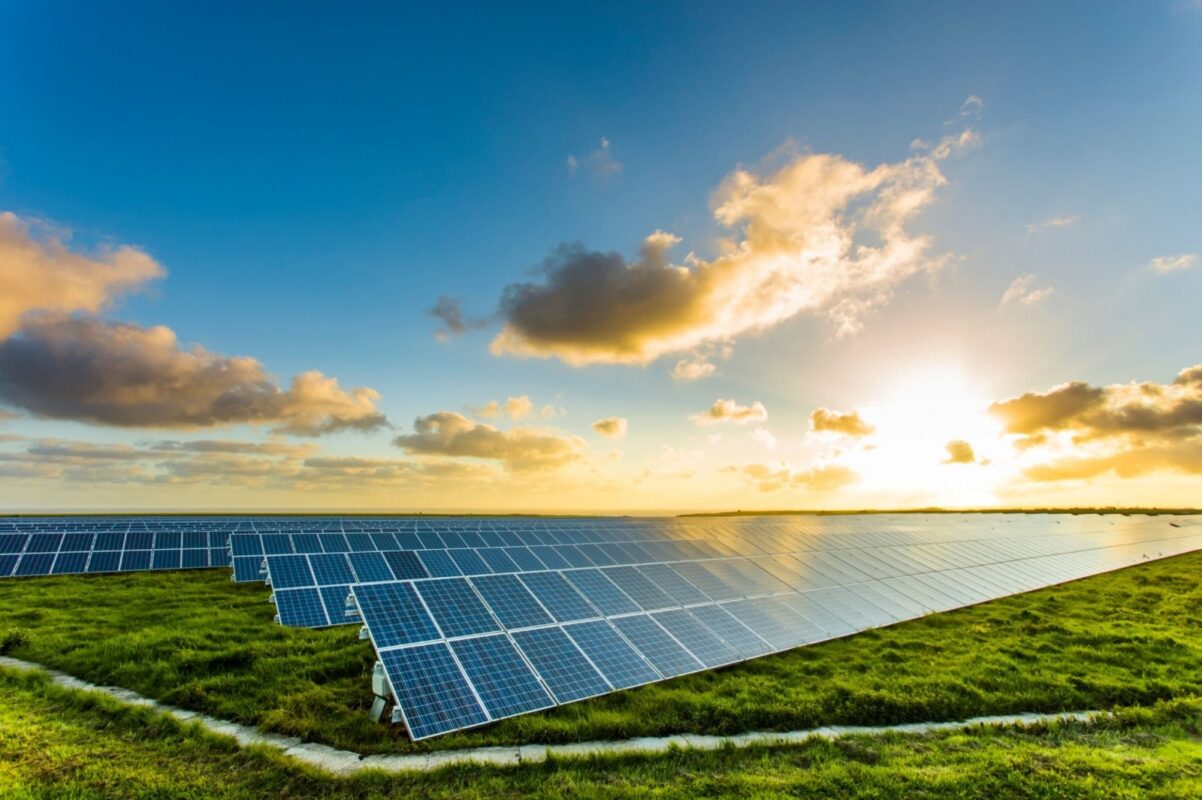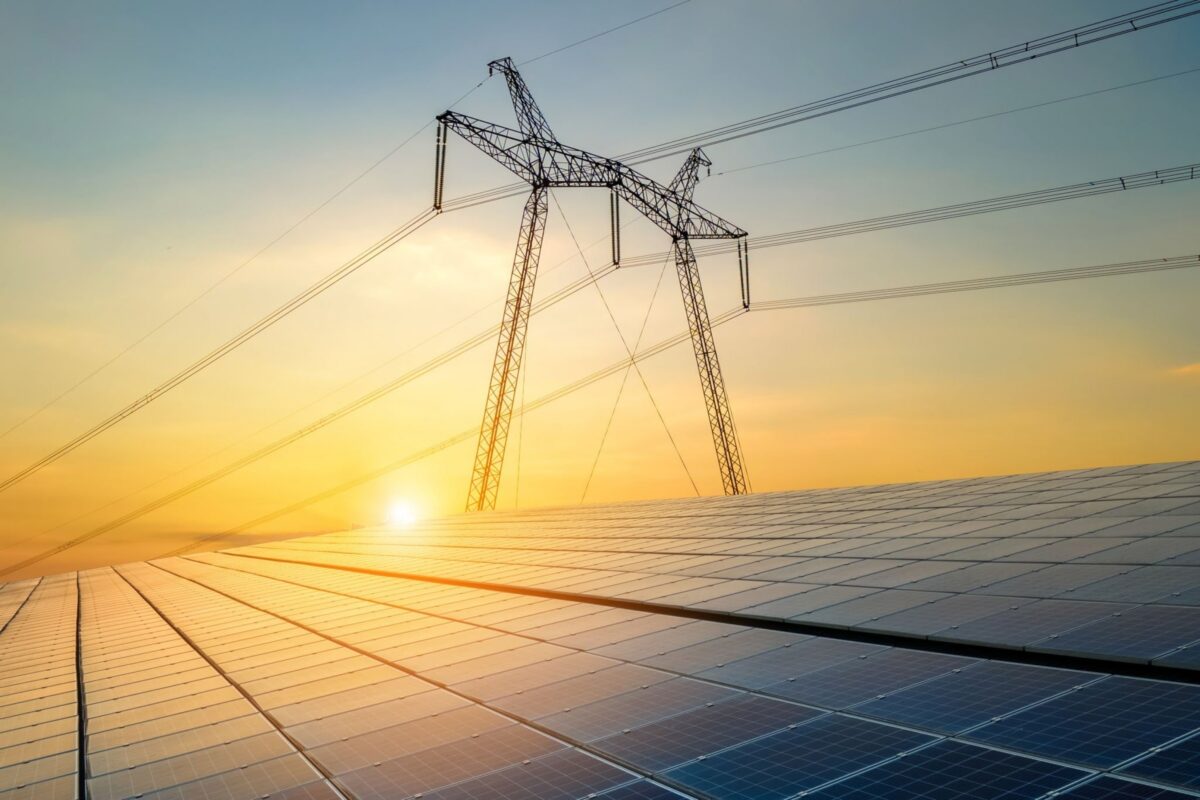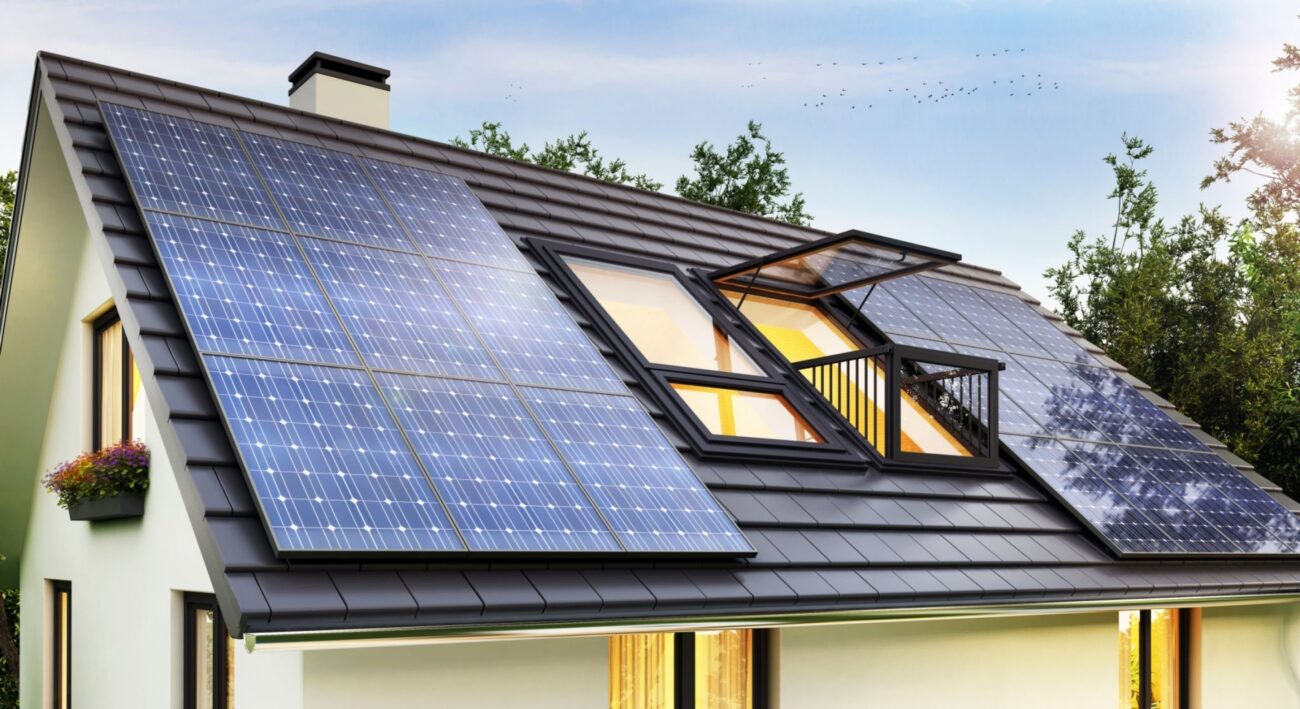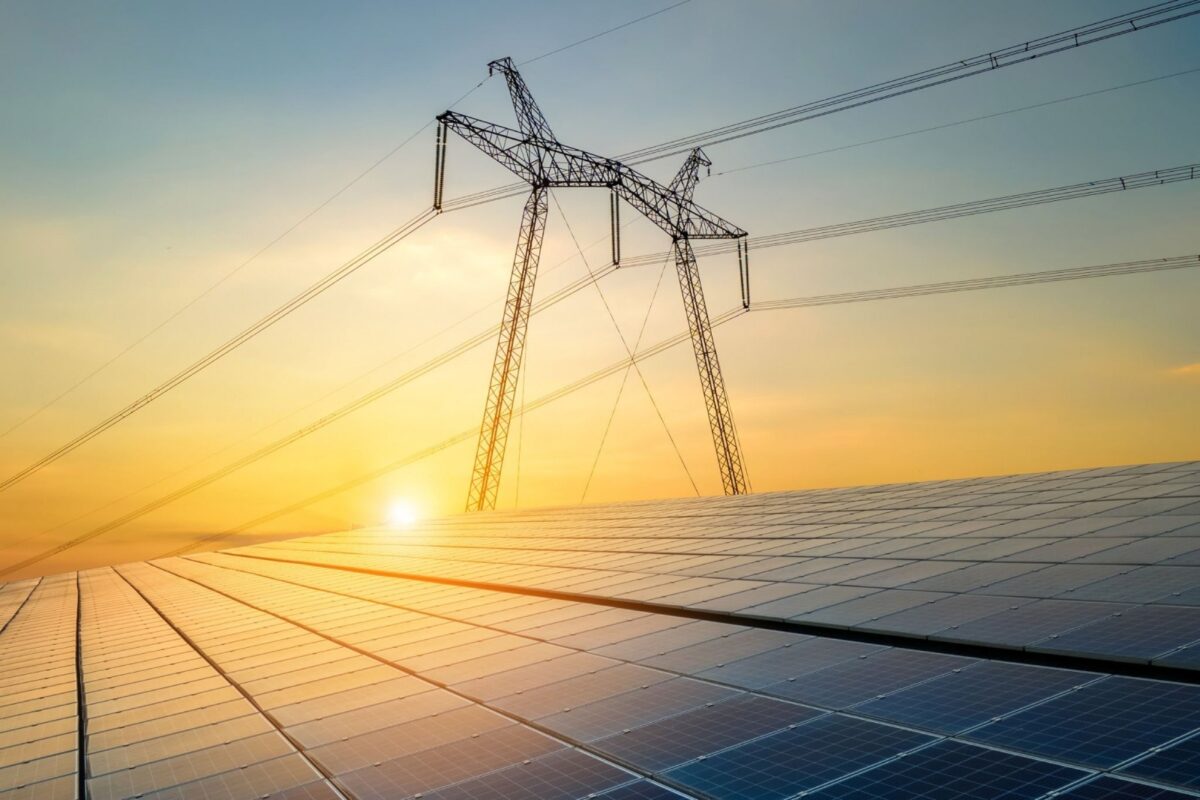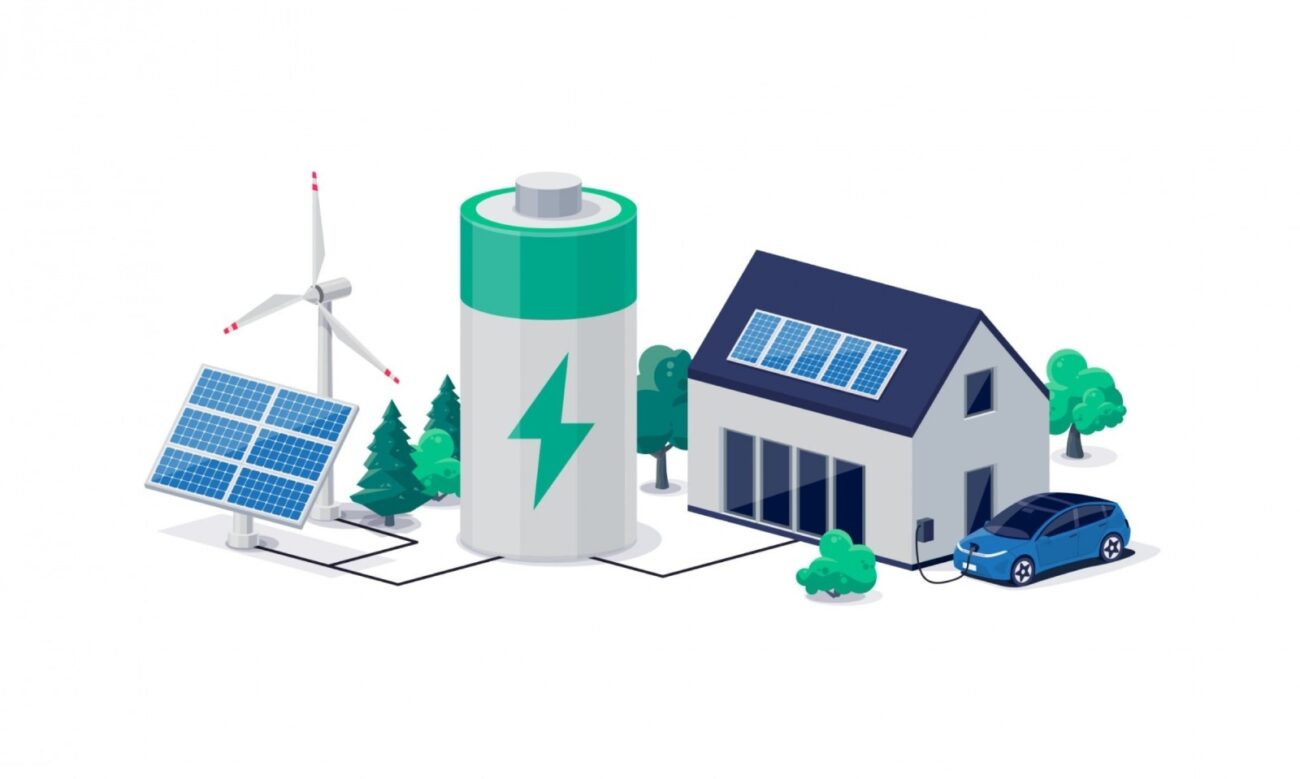Flexible solar cells are a promising technology that could revolutionize the way we generate and use solar power. Unlike traditional solar panels, which are often bulky and rigid, transparent, flexible solar cells can be integrated into a variety of surfaces and materials, including windows, walls, and even clothing.
These solar cells are much thinner than conventional solar panels and produce less power per unit area,’ but these characteristics make them ideal for use on everyday materials that are difficult to incorporate into traditional solar panel systems, like fabrics and commercial building materials.
Flexible solar cells have been a longstanding goal of researchers in the field of photovoltaics because they are inherently adaptable to a wide array of uses.
The potential applications for flexible solar cells are almost limitless because they can be integrated into any surface or product, including windows, walls, phone cases, clothing, and even food packaging.
Flexible solar cells were first developed in the 1960s and ’70s, when a team of scientists collaborated with IBM to develop plastic-based solar cells. These early devices used standard plastic sheets that were carefully cut to produce solar cells with certain properties.
Typically, these flexible panels were made out of acrylic or polyester and weighed less than a pound. They were fragile, making them difficult to mount on anything but large surfaces like rooftops. They also produced only a single megawatt of power—barely enough to power a desk lamp—and required large quantities of liquid chemicals to produce energy efficiently.
Since the 1970s, researchers have continually looked for ways to improve the efficiency and durability of flexible solar cells. Since then, most advances in this technology have focused on making them thinner, more transparent, and stronger.
The main obstacle to creating a viable flexible solar cell is that they must be capable of producing an enormous amount of energy while weighing very little. Traditional solar cells rely on semiconducting materials like silicon and gallium arsenide to produce energy from light.
These semiconducting materials are rigid, which allows them to be used in standard solar panels. However, the rigidity makes them physically incapable of being incorporated into other surfaces like windows or clothing.
Flexible solar cells have many potential advantages, including:
- Versatility: One of the main advantages of flexible solar cells is their ability to be integrated into a wide range of surfaces and materials. They can be used in windows, walls, roofs, clothing, and other surfaces, which makes them a versatile and adaptable technology.
- Aesthetics: Flexible solar cells can be made in different colors and designs, making them aesthetically appealing and customizable. This feature can make them ideal for use in buildings and structures where traditional solar panels may be considered unsightly or unappealing.
- Portability: Due to their flexibility and lightweight nature, flexible solar cells can be easily transported and installed in remote or hard-to-reach locations. This makes them useful for off-grid and portable applications, such as camping and outdoor activities.
- Environmental impact: The production of flexible solar cells can be less harmful to the environment compared to traditional solar panels. Many types of flexible solar cells are made with low-cost, environmentally friendly materials and manufacturing processes, reducing the carbon footprint of solar energy.
- Cost-effective: While flexible solar cells may be more expensive than traditional solar panels on a per-watt basis, they can be more cost-effective in the long run due to their versatility, durability, and portability. They can also be integrated into existing structures, which can save on installation costs.
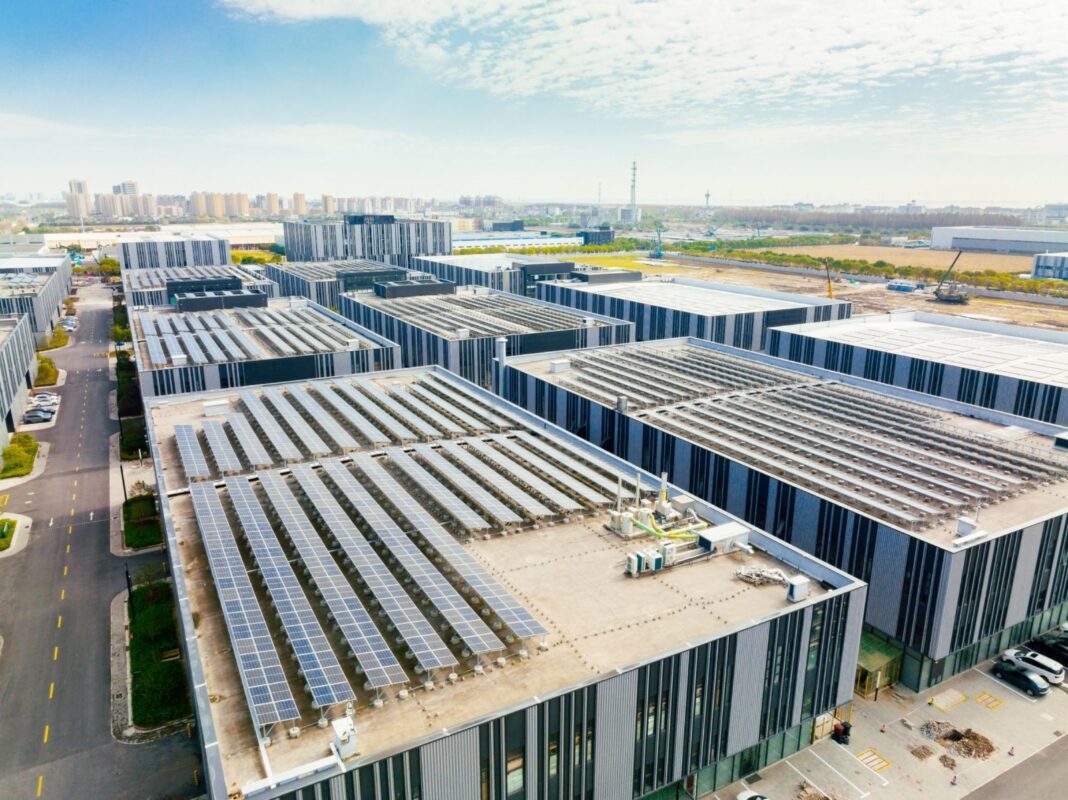
While flexible solar cells have many potential advantages, there are also some disadvantages to consider:
- Lower efficiency: Currently, flexible solar cells have lower efficiency rates compared to traditional solar panels. This means that they are less effective at converting sunlight into usable electricity.
- Durability: The flexible and transparent nature of these solar cells can make them more susceptible to damage and degradation over time. This can reduce their lifespan and make them less effective at generating electricity.
- Cost: While the production of flexible solar cells is becoming more affordable, they still tend to be more expensive than traditional solar panels on a per-watt basis. This can make them less accessible to individuals and organizations with limited budgets.
- Limited availability: Flexible solar cells are still a relatively new technology, and they may not be as widely available as traditional solar panels. This can make it more difficult for individuals and organizations to find and purchase them.
- Complex manufacturing: Some types of flexible solar cells require more complex manufacturing processes than traditional solar panels. This can increase the cost and time required to produce them, which can make them less practical for some applications.
Conclusion
In conclusion, flexible solar cells are a promising technology that has the potential to revolutionize the way we generate and use solar power. They offer many advantages, including versatility, aesthetics, portability, and environmental benefits.
However, there are also some disadvantages to consider, such as lower efficiency, durability, cost, limited availability, and complex manufacturing processes.
Despite these challenges, researchers and developers are actively working to improve the efficiency and durability of flexible solar cells, while also reducing their cost and complexity.
With continued innovation and development, it is likely that we will see significant progress in this field, making flexible solar cells a viable and accessible technology for a wide range of applications in the future.



